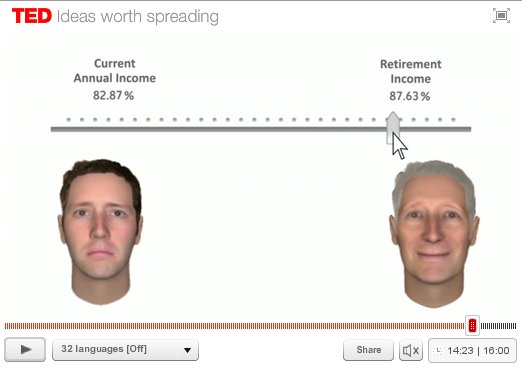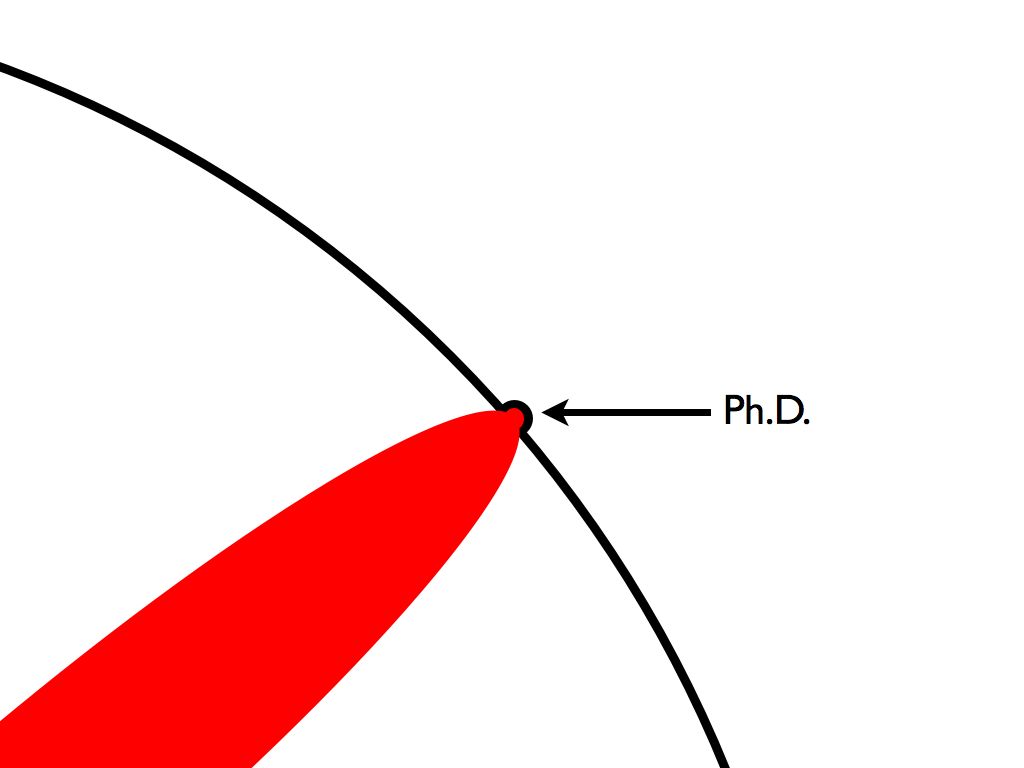It sounds reasonable @ this Long Now Talk by Edward O. Wilson:
Individual selection of genetic traits occurs when individuals compete with members of the same group on the basis of these traits.
Group selection of genetic traits occurs when groups compete with other groups on the basis of interactions of social individuals within these groups.
Looking at larger cooperations and alliances, both types of selection occur at once.
Overall, individual selection engenders selfish behavior (sin),
and group selection engenders cooperative behavior (virtue).
How to explain the fact that organisations and teams and governments (formed through both group selection and individual selection) can give rise to competitive behavior as well? For instance, starting a war together with a set of warlords, does both give rise to cooperative behavior and -at the same time- to competitive behavior. The same is through when starting a coalition with a set of universities.
Individual selection and group selection have different origins and cause different behavior. Let us not forget they do occur at the same time, and might influence each other as well.
As Steward Brand summarizes the second half:
Wilson’s alternative (to the mathematical prove against the influence of kin selection) he calls “multi-level selection,” where individual selection and group selection proceed together (with kin selection a continuing bit player). In our eusocial species, that mix of traits makes us “permanently unstable, permanently conflicted” between selfish impulses and cooperative impulses. We negotiate these conflicts endlessly within ourselves and with each other. Wilson sees inherent adaptive value in that constant negotiation. Our vibrant cultural life may be driven in part by it.
source: http://longnow.org/seminars/02012/apr/20/social-conquest-earth/ (at 34 min 50)
And here is some critique regarding Wilson’s multi-level selection.





